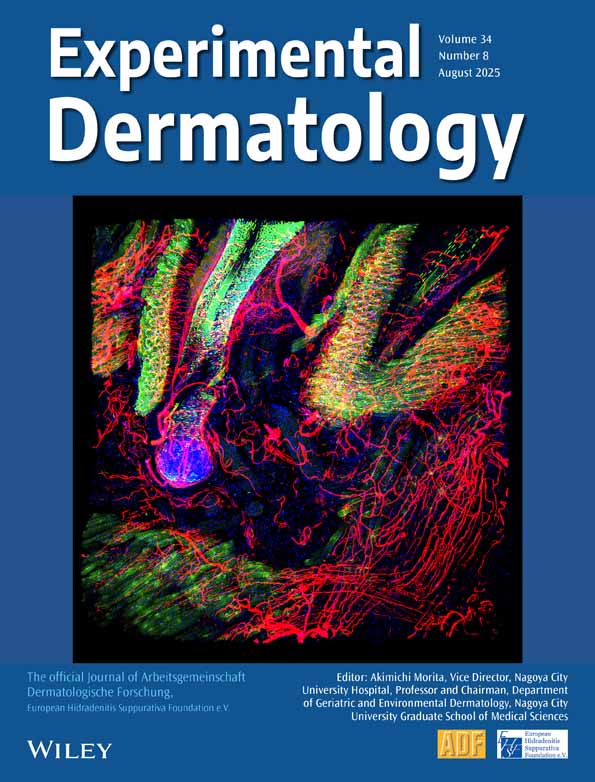Neurogenic modulation and vasoactive peptides in microvascular biology
Abstract
Acute neurogenic inflammation is observed after topical application of the TrpV1 agonist capsaicin to the mouse ear. Inflammatory oedema is not detectable in the substance P NK1 receptor knockout mouse, indicating the importance of this receptor in mediating neurogenic oedema formation. However, neurogenic vasodilatation remains not only in the NK1 receptor knockout mouse but also in the CGRP knockout mouse after sensory nerve stimulation. Interestingly, it is abolished when both the CGRP and substance P dilator pathways are blocked. This has led us to suggest that there is a facilitatory interaction between endogenously released CGRP and substance P, such that when both are present there is redundancy in terms of dilator mechanisms. This could be relevant to the apparent maintenance of peripheral vasodilator tone, when either NK1 or CGRP receptor antagonists are given systemically for evaluation as novel therapeutic agents. The relative activity of CGRP and the structurally related non-neuropeptide adrenomedullin have been compared. Adrenomedullin is less potent as a vasodilator, but functionally relevant concentrations can be induced in inflamed skin. Both peptides, as a consequence of their vasodilator activity, influence inflammatory processes (e.g. oedema and cell accumulation) acting through the CGRP receptor. Thus, adrenomedullin can act as a non-neuronally derived CGRP agonist in skin.




